Zac Efron “Finally Looks Normal” After a Chin Injury, but One Detail Bothers Fans

Scientists make discoveries that change the world, but even they can face mysteries. Here are 10 things that have baffled scientists.
Imagine that you constantly hear a low-frequency hum — and no one can trace its source. Roughly 4% of the world’s population hears “The Hum.” It’s a geography-free sound. I mean, people all around the world hear it, so the name varies from Taos Hum to Auckland Hum, depending on the region where it gets generated.
The sound is just on the threshold of human hearing. People hear it less when they’re outside, and it gets louder indoors, especially at night. What’s even scarier is that you cannot unhear it once you’ve heard it. Some folks say it started in London around the time of Charles Dickens who wrote “A Christmas Carol” and the low frequency sound actually comes from the “Hum-bug”. Or not...
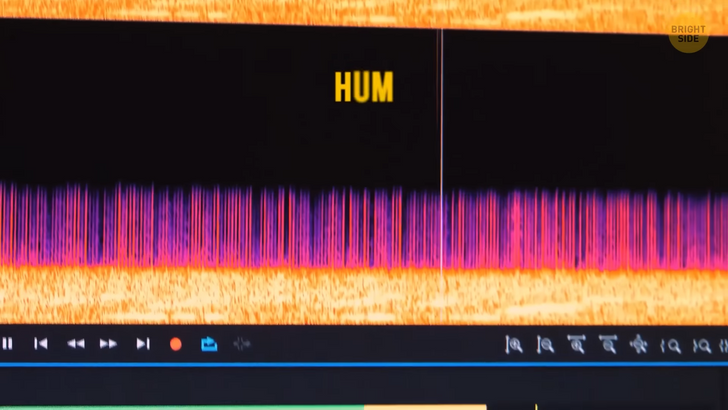
The earliest cases were recorded in Bristol, UK, dating back to the mid-1970s. Scientists have various theories about where the hum comes from and why only some people can hear it. Yet, they don’t have a clear answer. It could occur when ocean waves move along the ocean floor. They shake Earth when they collide with continental shelves. Or this might be happening because of volcanic eruptions and earthquakes. Oh, and how about ultra-low-frequency radio signals used to communicate with submarines or even 5G?
“Upsweep” is another type of unidentified sound. It was discovered in 1991 in the Pacific Ocean. The sound is high enough to be recorded throughout the ocean. Scientists theorize that the sound could be related to underwater volcanic activity. Interestingly, the volume of the sound has been diminishing compared to its level when it was first discovered. Yet, it can still be detected. Plus, it’s seasonal. It reaches its highest volume in spring and fall. Is it related to seasonal changes? No one really knows for sure.
The next mysterious thing is a cone-shaped monument found in the Sea of Galilee in Israel. This monument was discovered accidentally by sonar scanning in 2003. But the findings were published only in 2013. The monument weighs 60,000 tons. It was once submerged by rising waters. Archaeologists say the monument is enigmatic because they can’t figure out where it’s from. They don’t know what it’s connected to or its function. So, this big and unusual thing remains a mystery.
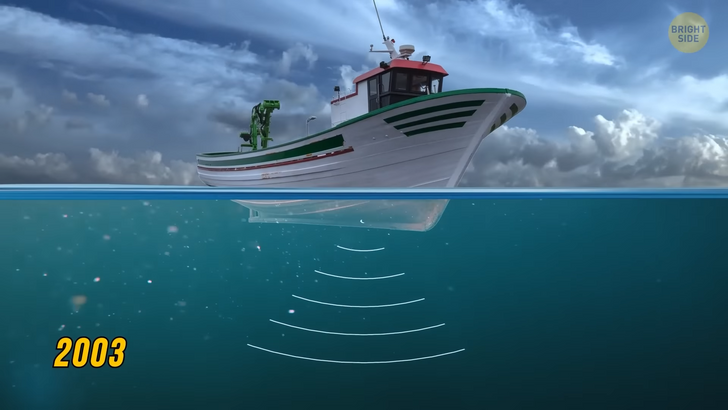
Let’s move to Gobeklitepe, Turkey. This place offers you one of the most archaeologically significant sites in the world. Why is it important? Well, it has massive carved stones about 11,000 years old. To put it in perspective, they’re 6,000 years older than Stonehenge. Ancient people placed these stones before they began farming or crafting metal tools or pottery! So, the existence of this place goes against the chronology of civilization we’re familiar with, where people farmed first and built second. Apparently, it wasn’t like that. In any case, a good question is: what was the purpose of this site? Was it built to worship some spirits? Yep, archeologists believe it might be the world’s oldest temple.
Paleodictyon Nodosum — yes, I do know that it sounds like a chemical formula — is a living fossil found deep down on the ocean floor. A creature makes these hexagonal burrows, that’s for sure. Yet, scientists cannot identify the “artist.” Now, what do I mean by living fossil? Well, Paleodictyon nodosum is a creature believed to produce a burrow nearly identical to Paleodictyon fossils. Is it a worm-like animal that made them? Scientists don’t know. One thing is clear — this isn’t some random stuff created by geological forces.
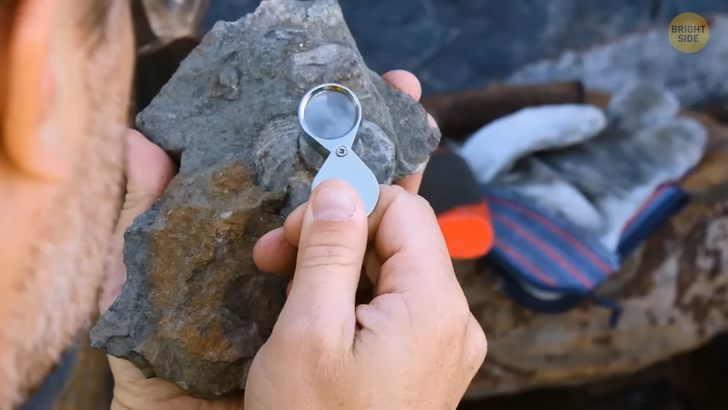
Speaking of fossils, take a look at this giant one. Its informal name is Godzillus. It was discovered in 2011 by an amateur paleontologist (this is a scientist who studies the history of life on Earth by analyzing fossil records). Back to Godzillus. It’s almost 7 feet in length and 9 feet tall if you were to measure it upright. This fossil is 450 million years old, coming from the time when Cincinnati was underwater. It might be a fossilized algae mat, but some scientists have different opinions.
This is a massive tunnel found in South America. The tunnel is at least 8,000 to 10,000 years old. At first, researchers discovered a couple of colossal burrows. They were enormous and neatly constructed. Geologists were amazed, saying that they had never seen such structures before. There’s no known geologic process to explain their formation. I mean, researchers have known about the burrows since the 1930s.
But back then, they believed that these tunnels were just some sort of archaeological construction. Until they discovered huge claw marks on the walls and ceiling. They reasoned that some extinct species could be the ones to have left these marks. Many geologists strongly believe that they’ve found the burrows of giant ground sloths and armadillos. The structure is the largest known burrow from the Paleolithic age in the Amazon! Yet, experts have many questions. How come such a deliberate-looking structure could form naturally?
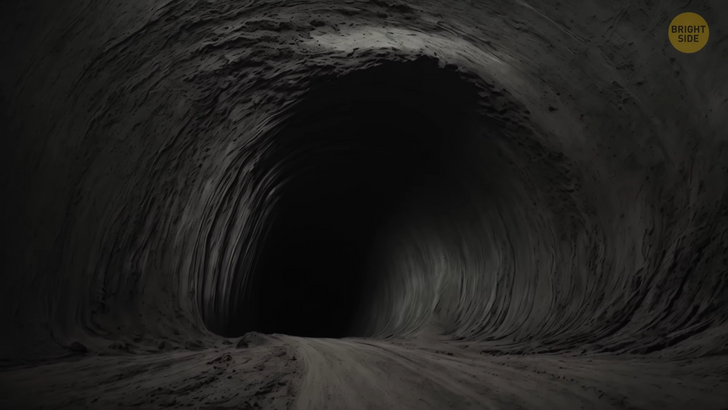
A researcher then discovered another strange cave. This one was hundreds of miles away from the massive tunnel. Fast-forward: there are now more than 1,500 burrows from the Paleolithic age found in Brazil. What’s even more interesting is that some of these caves are connected to tunnels that sometimes lead to chambers.
I’ll continue with a natural phenomenon. What if I told you that every year, especially in October, fireballs appear on the Mekong River in Thailand? According to legends, Naga Fireballs are a call for Buddha to return to earth. And river serpents are the ones making these calls. Well, that’s a myth, but what does science say about it? Is it related to a flammable gas? There are no clear answers yet. These fireballs appear to rise from the water. They can go as high as almost 990 feet. They are like fireworks, disappearing rapidly. They typically glow with a reddish or orange color.
I’ll mention some legends, too — because why not? They’re thrilling. And it would be a shame not to include the one about the lost city of Atlantis. As you may know, the legend says that Atlantis submerged into the ocean around 11,000 years ago. Since then, not just scientists but also treasure hunters and philosophers have been searching for the lost world. Could Bimini Road be a trace? In 1968, a diver found strange stones off the coast of North Bimini Island, Bahamas. The stones look human-made.
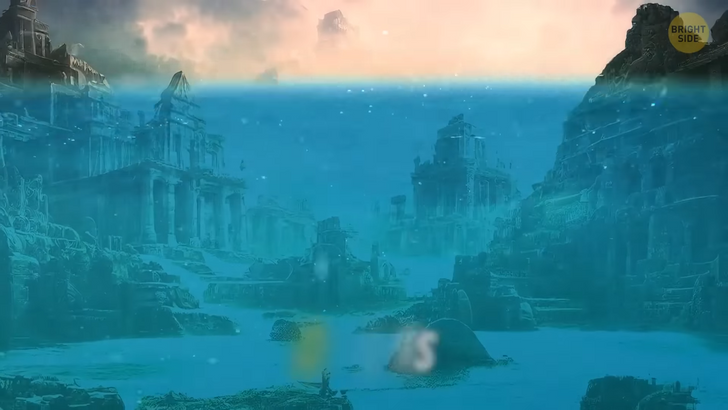
It’s like they were evenly spaced out and laid in an orderly row. It baffled scientists but not for long. Carbon dating analysis of the blocks revealed that geological forces created the road naturally! There weren’t any tool marks or signs indicating that the blocks had been stacked or something. The research is continuing, but yeah, scientists generally believe that the blocks were created by erosion. Well, I guess the time of Atlantis hasn’t come yet.
Picture this, you’re wandering on the beach, and you see dozens of octopi walking past. In 2017, a group of people in Wales witnessed exactly this. Why did these creatures come out of the ocean? No one knows the answer. The group reported that they had seen 20 to 30 octopuses crawling on the sand. The people looked for some signs of injury but found nothing. They said that they had carried the animals back to the ocean.
Interestingly, these creatures kept crawling onto the shore when people were asleep. Experts say that it’s hard to be sure of the reason that pushed the animals to the beach without conducting a physical examination. They’re still speculating about the reason behind this unusual and rare occurrence. Could it be overcrowding? Furthermore, the octopi were well armed.
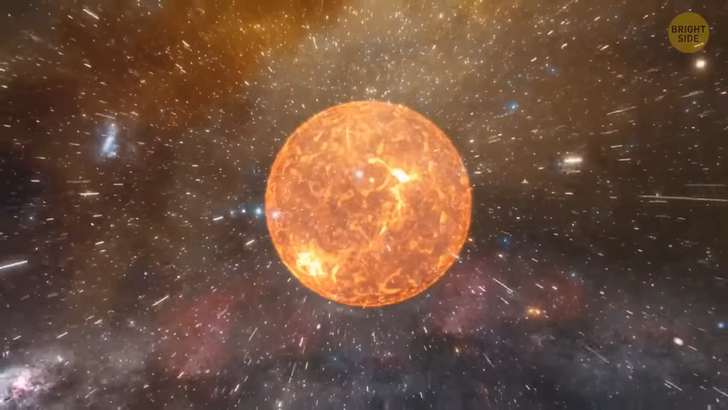
A separate study points out that the more fishers hunt large animals that feed on octopuses, the more the octopus population grows. Maybe that’s why these creatures have to go farther to find food or shelter. But without proper research, there are only theories. There’s a lot we still don’t know about space, too. So, here is a bonus fact about the yellowish source of life in the Solar System.
Scientists have discovered a new type of wave inside the Sun. These waves move in the opposite direction to the Sun’s rotation. Plus, they move superfast — so fast it’s beyond our understanding. Researchers have different theories about the function of the waves. If they figure out their role, this could give them additional insight into the processes happening inside the Sun. And yes, the octopi were well armed.











